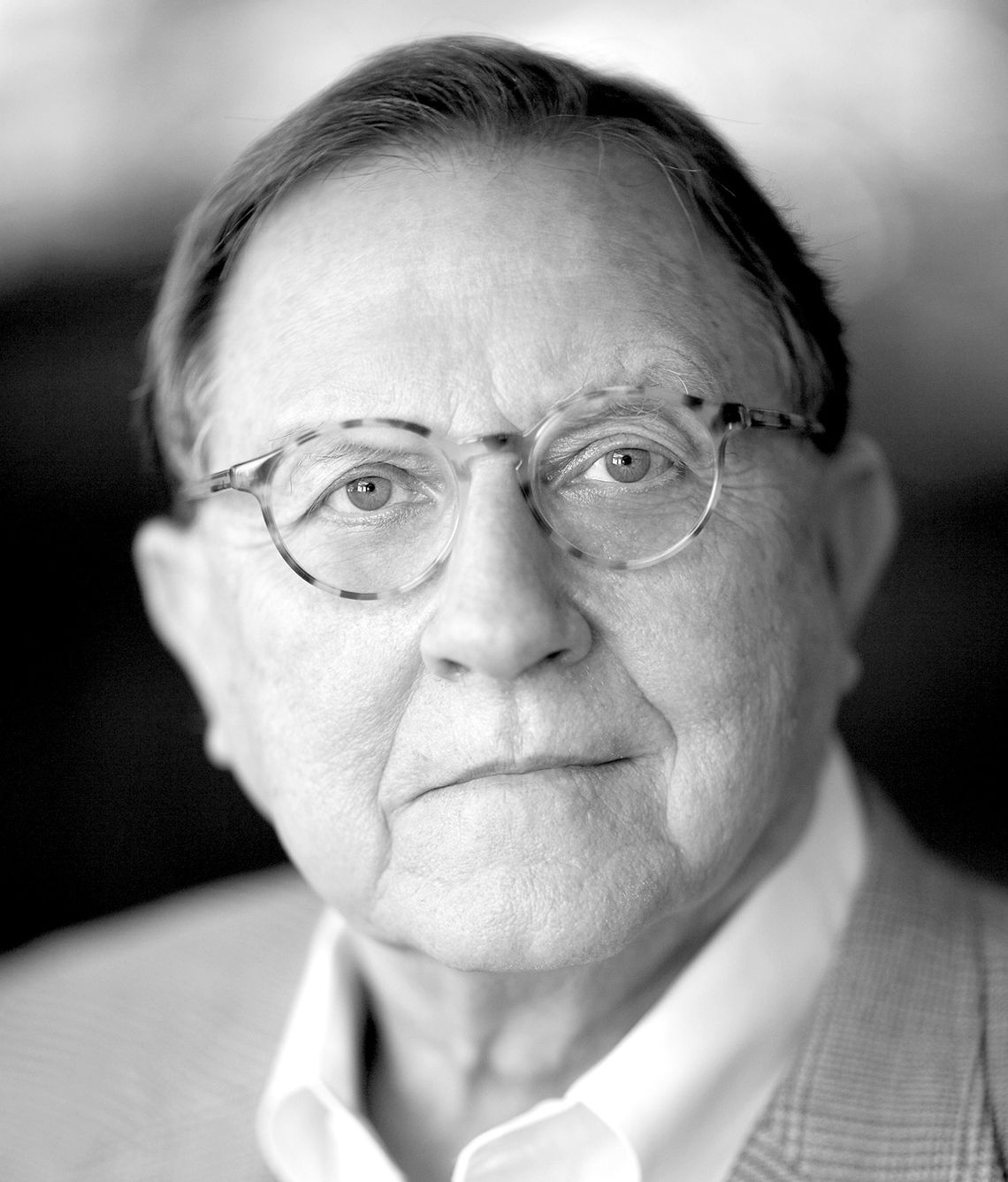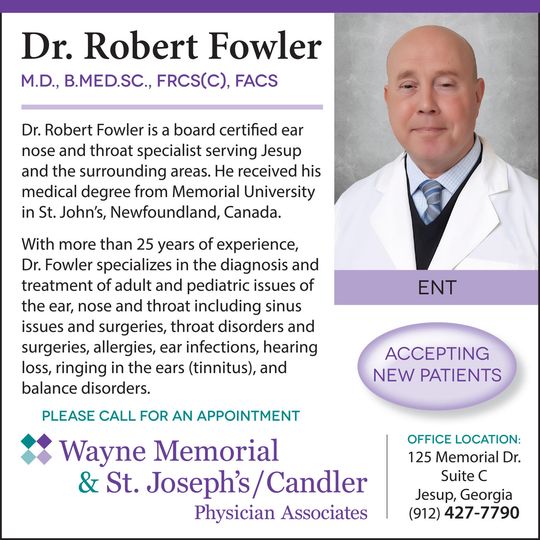From poverty and obscurity in Poland, Marie Sklodowska Curie migrated to France in 1890 and enrolled as a student of chemistry and physics at the University of Paris. Women in those days were not allowed to attend the University of Warsaw.
In 1902 while engaged in graduate school research, she and later her husband, Pierre, succeeded in isolating a decigram of pure radium. They established its atomic weight of 225. Thus, a new chemical element (Ra) was added to the periodic table.
The breakthrough changed the world. Radium brought into existence a new technology. It produced miraculous improvements in medicine, as well as huge advancements in nuclear physics. Man’s views of nature’s deepest secrets began unfolding, encouraging still further research and investigation.
It is doubtful if scientific research was ever conducted under more trying circumstances. The two scientists were penniless. No University funds were available for a laboratory or essential equipment or for a supply of pitchblende (a radioactive mineral), from which Marie believed the new element could be extracted. Following an extensive search and in response to their persistent pleas, the University offered the use of an abandoned shed behind the medical school. It was previously used for dissecting cadavers.
The shed, which today is famous, had no floor and a tin roof. Lighting was by skylight. In winter, the Curies nearly froze while working in temperature below 40 degrees. From 1898 to 1902, the scientists labored in the shed, often stirring pitchblende with iron rods. She remembered returning home “broken with fatigue.”
Forty-five months to the day from their beginning, the Curies returned one night to the shed following a meager dinner. Tiny sparkles of light were blinking in a mass of pitchblende. The source of the light was radium.
The scientists soon faced a choice that would fix their futures. Among other things, radium posed huge opportunities for industrial exploitation. Patent rights and restrictions were theirs for the asking. Both knew it would mean what neither had never known — wealth and financial security. Otherwise, they could publish their research in the scientific literature without reserve.
For the first alternative, Madam Curie replied: “It is impossible. It would be contrary to the scientific spirit. Radium is not to enrich anyone. It belongs to all the people.” The technical fruits of their labors, therefore, became part of the public record. While new industries arose with factories, laboratories and their attendant millionaires, the Curies worked on in poverty.
As plans were being drawn for a Radium Institute, Pierre Curie (a professor and man of equal genius) was run over and killed on the streets of Paris by a horsedrawn dray. Marie was left with a radium technology to perfect and two small daughters to rear and educate. Undaunted, she persisted in her scientific endeavors.
Her services in World War I became legendary. Almost singlehandedly she constructed and organized xray apparatus for use in field hospitals. Observers noted her total indifference to personal comfort, to her passion for the suffering soldiers. Her motor vehicle was wrecked with her in it. She escaped without injury. She ate and slept anywhere, often under a tent and in the open air. France offered to award her the Cross of the Legion of Honor. She refused to accept it.
Marie Curie’s career has few equals. She became the first woman to become a professor at the University of Paris. She was the first woman to win a Nobel Prize, the first to win a Nobel Prize twice, and the only person to win a Nobel in two scientific fields: chemistry in 1903 and physics in 191. In 1920 she founded The Curie Institute in Paris, in 1932 The Currie Institute in Warsaw.
Eve Curie said of her mother: “She did not know how to be famous. She passed across her own life, intact, natural, and very nearly unaware of her astonishing destiny.”
One of the world’s preeminent women died in 1934, age 66, of aplastic anemia. The likely cause was many years of radiation exposure in her chemistry laboratory.










